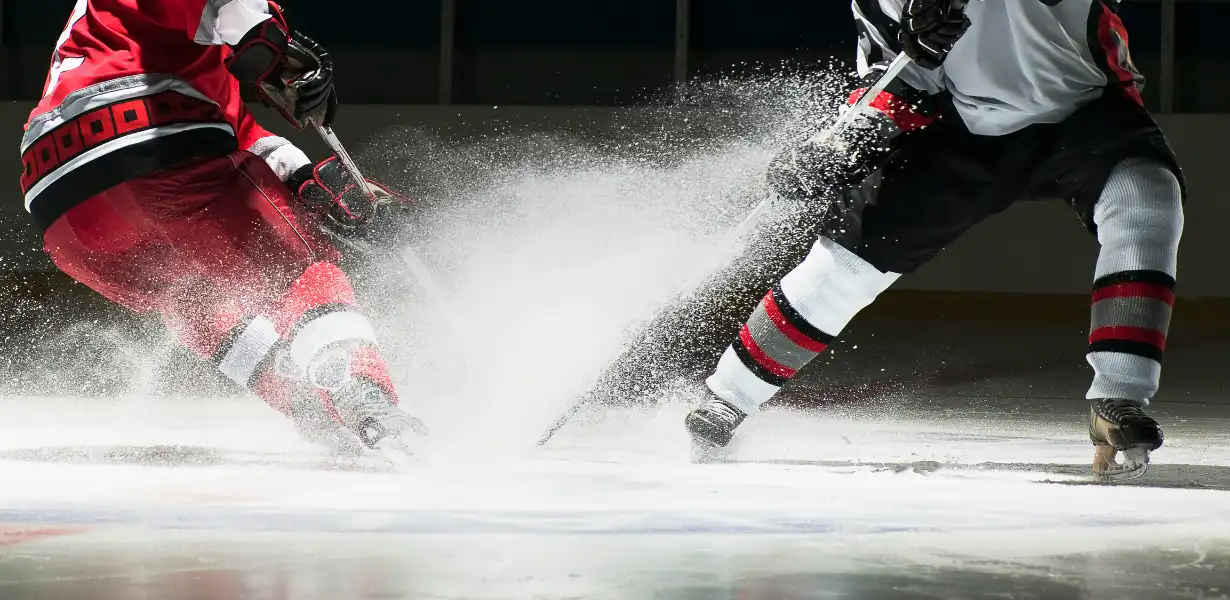In the fast-paced world of hockey, defensemen who master gap control have a significant edge over their opponents. Gap control—the ability to manage the space between a defender and an attacking player—is a fundamental skill that separates elite defensemen from the rest. It requires a combination of skating ability, hockey IQ, positioning, and physicality to consistently shut down attackers and limit their offensive opportunities.
Understanding Gap Control
Gap control is the defensive technique used to manage the space between a defender and the puck carrier. The goal is to stay close enough to pressure the attacker while maintaining enough distance to react to sudden changes in speed or direction. A well-executed gap forces attackers into making low-percentage plays, such as shots from the perimeter, turnovers, or dump-ins.
A good gap allows a defenseman to dictate the play rather than react to the offense. If the gap is too large, the attacker gains time and space to make plays. If the gap is too tight, the defender risks getting beaten with a quick move or speed burst.
The Keys to Effective Gap Control
Strong Skating and Backward Mobility
Elite defensemen have exceptional skating ability, particularly in backward skating and transitions. A defender must be able to match an attacker’s speed while maintaining a controlled stance. This includes:
• Using quick pivots to adjust positioning.
• Keeping knees bent and weight centered for balance.
• Utilizing crossovers to maintain speed while moving laterally.
A defenseman who struggles with backward skating will often get caught flat-footed, allowing the attacker to exploit gaps and drive to the net.
Proper Positioning and Angling
Positioning is everything when it comes to controlling the gap. Defensemen should:
• Keep their stick extended to take away passing lanes.
• Angle attackers toward the boards instead of allowing them to cut through the middle.
• Maintain inside positioning to prevent easy access to the slot.
By steering an attacker to the outside, a defenseman reduces high-quality scoring chances and forces a tougher shot angle for the opponent.
Reading the Play and Anticipation
Hockey IQ plays a crucial role in gap control. The best defensemen anticipate plays before they happen by:
• Reading the puck carrier’s body language.
• Identifying potential passing options and taking them away.
• Reacting to teammates’ positioning to support defensive coverage.
Great defensemen don’t just react—they dictate play by recognizing offensive threats early.
Using the Stick and Body Effectively
A defenseman’s stick is one of their greatest tools in gap control. A well-timed poke check or stick lift can disrupt an attack before it develops. In addition, using the body to separate a player from the puck—without overcommitting—adds another layer of defensive strength.
Physicality is also important. While not every defenseman plays a heavy, physical game, using body positioning to take away space and force turnovers is essential.
Situational Awareness and Communication
Gap control isn’t just about individual play; it’s also about working with teammates. Defensemen need to communicate with their defensive partner and forwards to ensure proper coverage. Factors that affect gap control include:
• Whether a defenseman has backchecking support.
• The speed and skill of the attacking player.
• Game situations (e.g., defending a lead versus pressing for a goal).
Recognizing these factors helps defensemen adjust their gap accordingly.
Applying Gap Control in Different Game Scenarios
Defending the Neutral Zone
In the neutral zone, maintaining a tight gap prevents controlled zone entries. Defensemen should step up when possible and force attackers to make quick decisions. This can lead to turnovers and transition opportunities.
One-on-One Situations
When facing an attacker one-on-one, a defenseman should control the inside lane, keeping their stick active and forcing the opponent to the outside. A properly managed gap limits the attacker’s options and increases the chances of a successful defensive play.
Defensive Zone Play
In the defensive zone, gap control helps prevent attackers from getting clean looks at the net. Defensemen must adjust their gap based on the speed of the play, ensuring they are close enough to challenge shots and passes but not so aggressive that they get caught out of position.
Final Thoughts
Gap control is one of the most vital skills for an elite defenseman. It allows defenders to dictate the pace of play, shut down dangerous attackers, and minimize high-quality scoring chances. By mastering skating, positioning, anticipation, and communication, defensemen can effectively control space and become a formidable presence on the ice.
A strong defensive game starts with great gap control—perfect it, and you’ll become an elite shutdown defender.
#GapControl #DefensiveMastery #HockeyIQ

